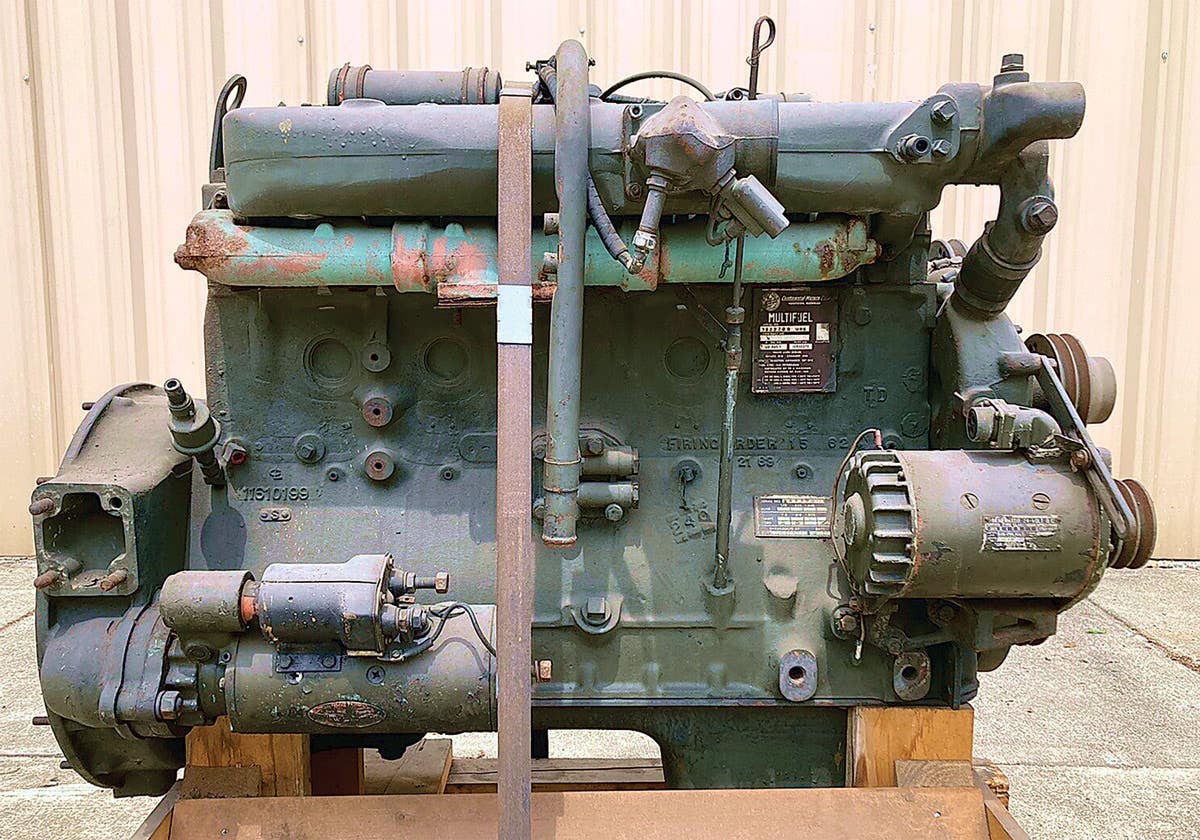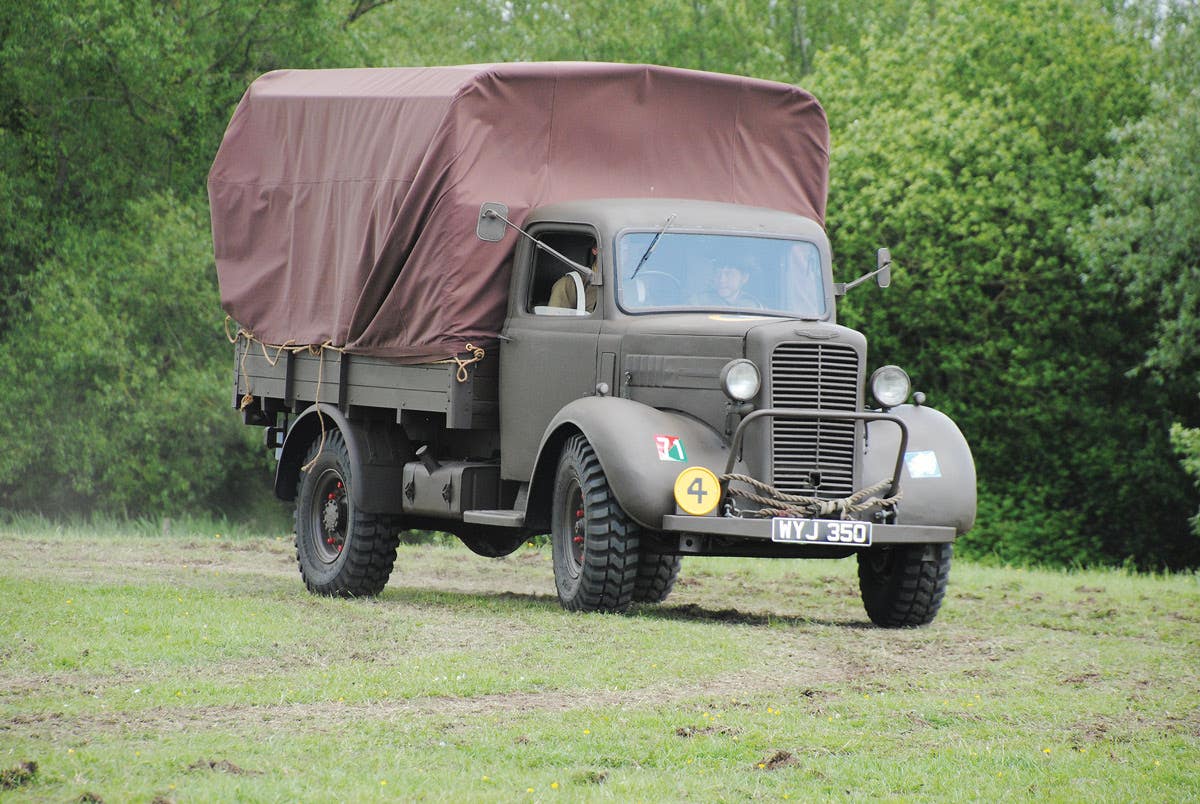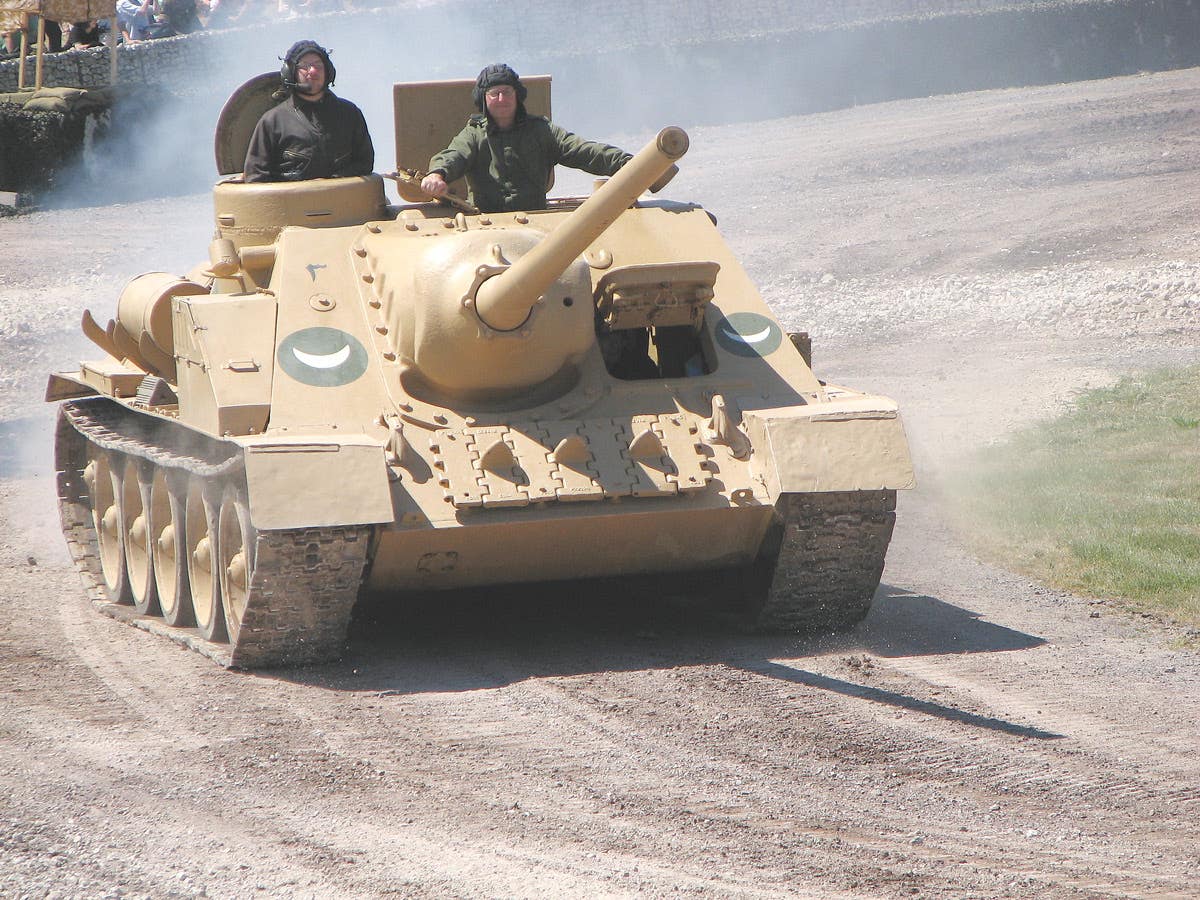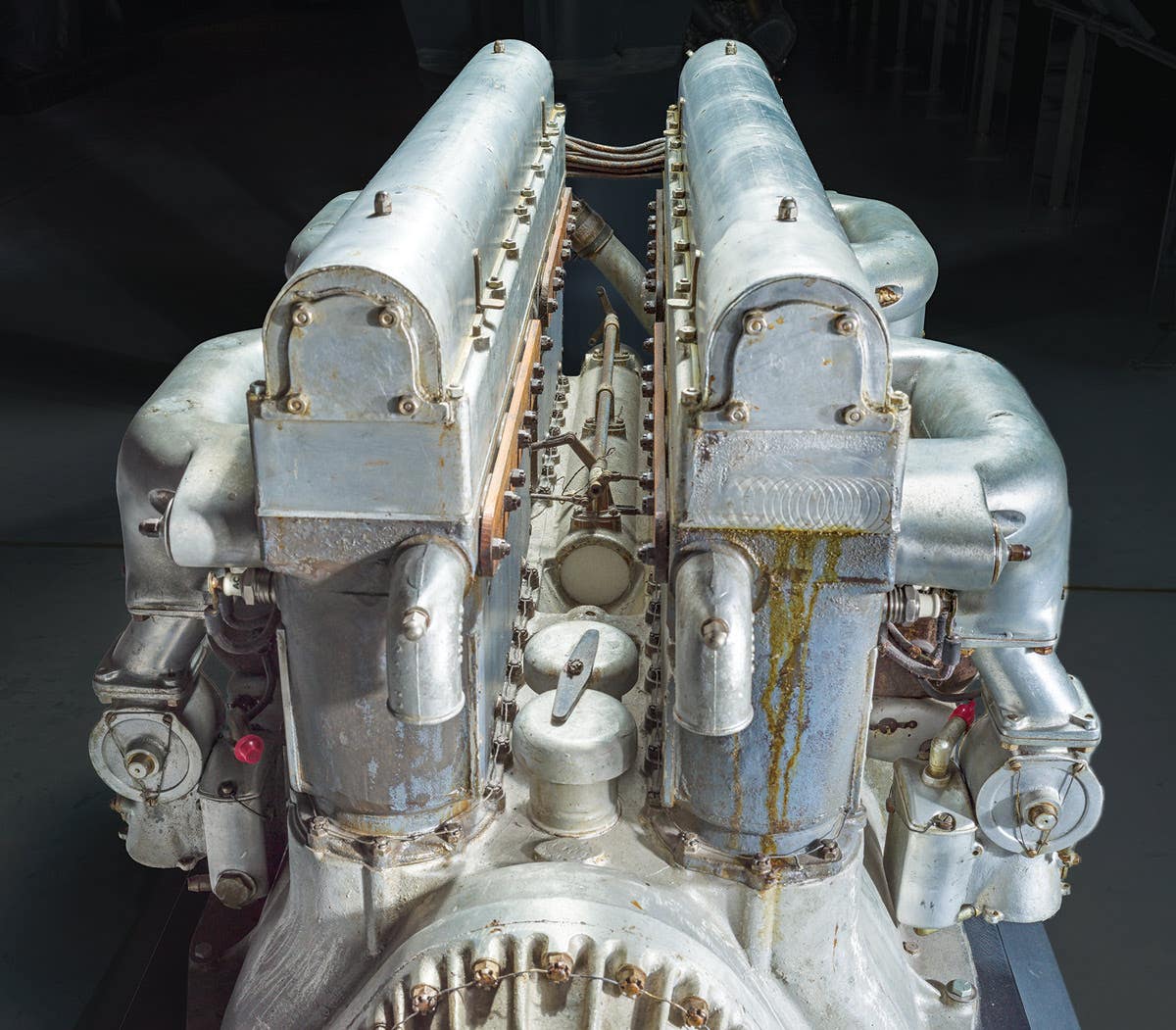Flexible Hones to Repair WWII Submarine’s Big Gun
Flex-Hone is used to expedite restoration of USS Pampanito’s five inch, 25 caliber gun to its former glory For restoration experts such as Rich Pekelney, particularly those that engage in the painstaking…
Flex-Hone is used to expedite restoration of USS Pampanito’s five inch, 25 caliber gun to its former glory
For restoration experts such as Rich Pekelney, particularly those that engage in the painstaking task of restoring historical maritime vessels that have spent decades in one of the most corrosive environments in the world – the sea – the job can be a mixture of historical research, exhaustive documentation, parts scavenging, and even metalworking and coating.
Such was the case for the USS Pampanito, a World War II submarine museum and memorial on Fisherman’s Wharf in San Francisco that hosts over 100,000 visitors a year. The boat is owned and operated by the Maritime Park Association, a non-profit that has spent the past 34 years and counting engaging in a meticulous effort to restore the Balao class fleet submarine to the height of its peak configuration during the war.
“The primary goals are to get it as close to summer 1945 condition as we can, while at the same time preserving as much of the historic fabric as possible, says Pekelney, who in addition to being a volunteer restoration expert is also a member of the Board of Trustees of the Maritime Park Association. “We owe it to future generations to preserve our history and the USS Pampanito is part of the history of the submarines.”
According to Pekelney, when the USS Pampanito was donated to the museum by the Navy and opened in 1981, there were no guns on the ship. However, in 1945 the submarine had a 5 inch, 25 caliber wet mount gun for shore bombardment and anti-ship combat – along with several other smaller guns.
As part of the restoration effort, the Maritime Park Association was able to acquire a stripped version of the same gun from the Navy that bad been originally used on the USS Piranha. These are rare weapons, with only eleven in varying states of preservation surviving today.
The gun, however, was in very rough shape at the time. It was de-milled, rusty, vandalized, and incompletely reassembled. It was also missing a variety of parts including covers, bolts, seats, gears, handles, fittings.
Although the gun will never be able to be fired, to preserve historical accuracy the effort focused on restoring the weapon’s training (movement left/right) and elevating (movement up/down) capability.
After approximately 75 years, however, the training and elevating gears and other components were completed seized and frozen due to paint in the bearings, hard old grease, dirt, bad gear mesh, corrosion, and possible material creep.
“This gun as far, as we can tell, has not been operated or trained or elevated in decades – probably since the time of war,” says Pekelney.
Because the gun was designed to be submerged with the submarine, hard bronze sleeve bearings were used throughout, instead of traditional roller bearings. As part of the project, dozens of bronze sleeve bearing had to be cleaned by a sanding/honing process and in some cases small amounts of material removed to allow smooth operation.
Initially, Pekelney engaged in a laborious and time-consuming hand-scraping and sanding process to restore the bearings. He also tried expanding spring-loaded hones that, although somewhat effective, wore out quickly and did not keep the sleeve bearings absolutely round.
In search of a better solution, he sought the advice of Charlie Butcher, a 40-year master diesel mechanic.
“[Butcher] pulled out a Flex-Hone and told me not to fool with anything else,” says Pekelney.
The Flex-Hone Tool, manufactured by Los Angeles-based Brush Research Manufacturing, is characterized by the small, abrasive globules that are permanently mounted to flexible filaments. It is available in many sizes, abrasive types and grits.
The Flex-Hone works well because it is automatically self-centering and can be used with any standard electric drill.
Using the tool, parts such as bushings, bore sleeves, hydraulic and pneumatic cylinders, and other cylindrical cavities can be surface finished in the field using a relatively inexpensive item.
According to Pekelney, Butcher has been using Flex-Hones on cylinders and bearings for the better part of his career.
“With the Flex-Hone there is good control over how much material is removed, and the holes remain concentric,” says Pekelney, adding that for the museum environment it was important they preserve as much original material as possible. “I was able to clean up these bearings pretty quickly. The hones have saved a huge amount of time compared to hand scraping.”
The fact that he was not previously experienced with the flexible hone prior to the project proved to be a non-issue.
“The tool enabled me, an inexperienced machinist, to repair bearings that otherwise would have required journeyman help, and do so with very little risk of damage,” adds Pekelney.
Now the he is familiar with the hone and owns several, Pekelney already envisions many potential future uses for the tool.
“I’m sure there are many more uses for the flexible hones for the submarine,” says Pekelney, noting that there are steel and bronze bearings throughout and the restoration of the overall submarine is ongoing.
“I wish I had known about the ball hones when I was working on the submarine’s Bofors 40mm guns,” he adds. “I spent hours working on one particular bushing that probably would have taken minutes with the Flex-Hone.”
For more information, contact Brush Research Manufacturing, Brush Research Mfg. Co., Inc., 4642 Floral Drive, Los Angeles, CA 90022; Phone: (323) 261-2193; Fax: (323) 268-6587; email: info@brushresearch.com or visit the web site: www.brushresearch.com








